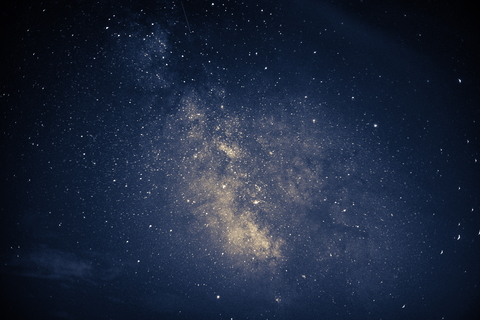Overview
Much can be learned about galaxies from astronomical imaging, because their appearances are determined by how they formed and evolved. While spectroscopy is necessary for measuring galaxies' physical properties, such as their cold gas content or metallicity, we have recently shown that a convolutional neural network (CNN) can also reliably predict these properties purely from three-color optical image cutouts. Even the entire optical spectrum can be determined purely from galaxy images. We have also found that highly tuned CNNs can robustly identify nearby dwarf galaxies from large-area imaging surveys, resulting in a dramatic increase in the total number of satellite galaxy systems we can study at low redshifts. These applications are prime examples of how deep learning can facilitate new science. With the upcoming Vera Rubin Observatory and Roman Space Telescope, novel machine learning techniques will further transform our ability to investigate galaxy formation and evolution.
